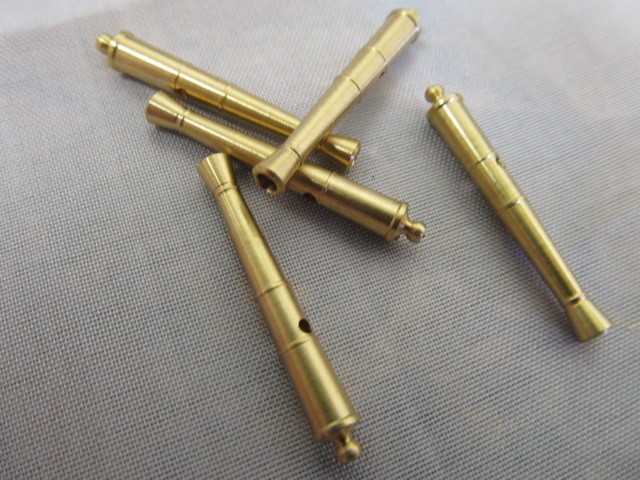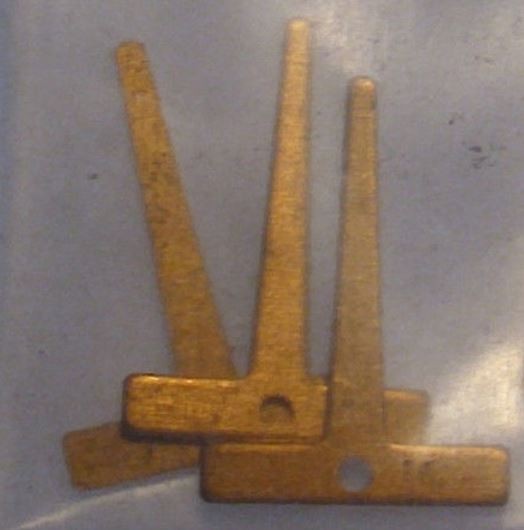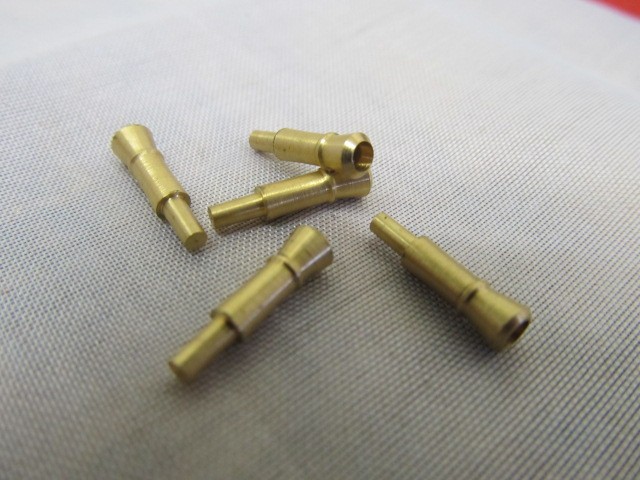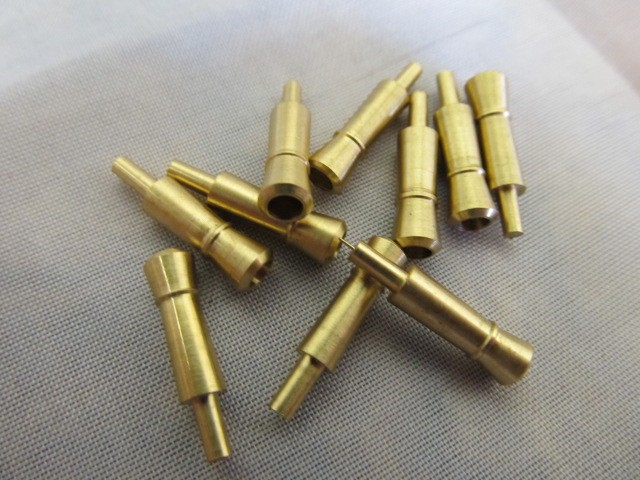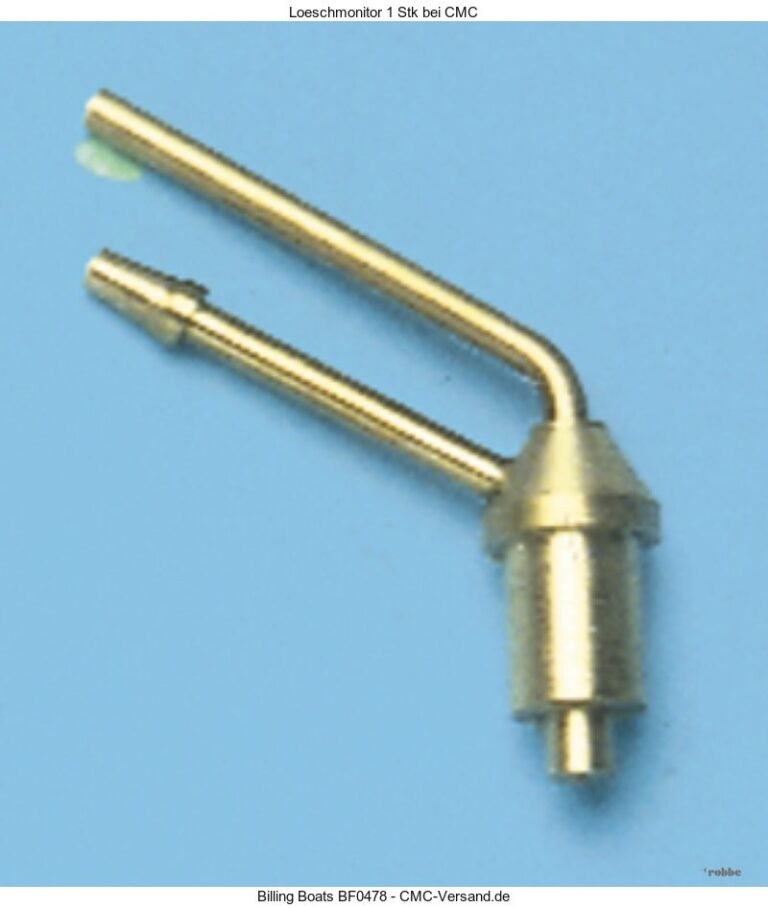No products in the cart.
Cannon
The Cannon has played a significant role in naval warfare for centuries, and their use on ships has been crucial in shaping the outcomes of battles at sea. These powerful weapons, also known as cannons or guns, were first introduced in the 14th century and quickly became an essential part of naval warfare. Cannons were initially used on ships for defensive purposes, as they were able to deter attacks from enemy vessels. However, as their technology advanced, cannons became more versatile and were used for offensive purposes as well.
The typical cannon used on ships was made of iron and consisted of a long barrel with a small hole at the end, called the touch-hole, where gunpowder was ignited to propel the cannonball. The size and weight of a Cannon varied, with the largest ones weighing over 20,000 pounds and firing cannonballs that weighed up to 100 pounds. These massive cannons were mounted on the lower decks of ships and required a team of sailors to operate them.

One of the most common uses of cannons on ships was for naval battles. During a battle, cannons were used to fire at enemy ships, aiming to damage their hull or disable their cannons. Cannons were also used to target the sails and masts of enemy ships, rendering them immobile and vulnerable to attack. The accuracy and range of cannons made them a formidable weapon in naval battles, and their impact on the outcome of these battles cannot be underestimated.
In addition to their use in battles, cannons were also used for signaling between ships. Different types of cannon shots, such as blank shots or specific patterns of cannon fire, were used to communicate messages between ships, especially during times of low visibility. This type of communication was crucial in maintaining formation and coordination during naval operations.
Another type of cannon often used on ships was the water cannon. These cannons were not used for warfare but instead for firefighting. In the event of a fire on board a ship, water cannons were used to spray water onto the flames, helping to extinguish the fire and prevent it from spreading. Water cannons were also used to wash the decks of ships, keeping them clean and free of debris.
As technology continued to advance, cannons on ships became more sophisticated and efficient. With the invention of steam-powered ships in the 19th century, cannons were mounted on rotating turrets, making them more maneuverable and allowing for a wider range of targets to be hit. This advancement in cannon technology also led to the development of more powerful explosives, making them even more destructive in naval battles.
In conclusion, cannons have played a crucial role in naval warfare and have been an integral part of ships for centuries. From their humble beginnings as a means of defense to their evolution into powerful offensive weapons, cannons continue to be a vital component of naval warfare. Whether used in battles, for signaling, or for firefighting, cannons have proven to be a versatile and essential tool on ships, helping to shape the outcomes of countless naval conflicts throughout history.



